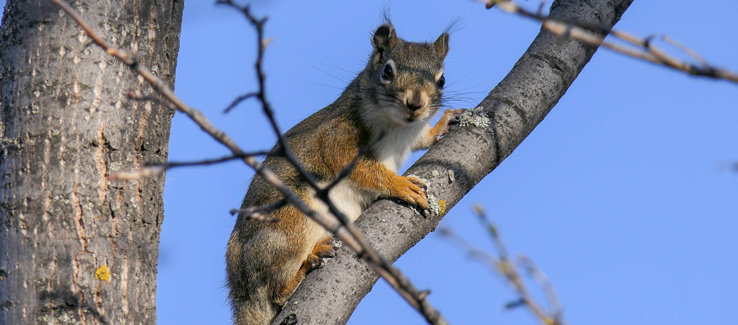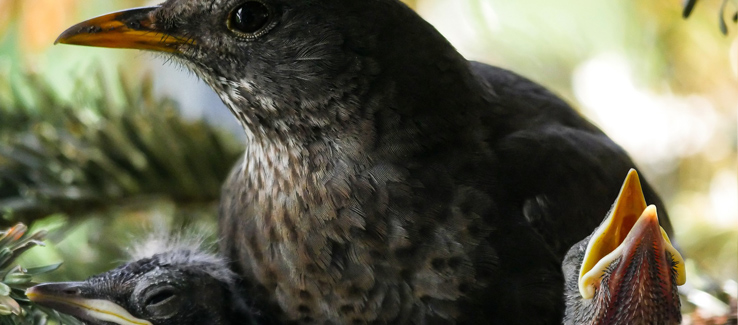
Without trees, there’s no environment for life on earth. Every living creature is affected by the health of the world’s tree population.
Trees influence everything from the environment to our physical health. As the world’s tree population diminishes, ignorance and inaction are no longer viable options concerning our forest and urban tree population.
fasttreeremovalatlanta.com gathered information on the importance of trees in our forests and urban settings for the environment, wildlife, and human health.
Importance of Our Forests
The importance of our forests to the health of our planet cannot be overstated. One of the primary functions of trees is to consume CO2 from the atmosphere and release oxygen to it through the process of photosynthesis.
In fact, our forests are responsible for 35% of the oxygen used by the Earth’s inhabitants, soil stabilization, flood control, fresh water purification, and cooling the planet.
Forest trees play an intricate role in keeping the planet cool, by regulating the exchange of solar energy and water between the planet’s surface and atmosphere, trees are one of the planet’s most significant defense mechanisms in stopping global warming.
Of the approximately 3 trillion trees growing today, 15 billion are felled, die, or are lost in wildfires each year. If these numbers are left unaddressed, our planet will lose its last tree in roughly two hundred years. Then, slowly, all life will expire as the world becomes inhospitable.

Visit fasttreeremovalatlanta.com/trees-dying-all-over-the-world to read more about the plight of trees on a global scale.
Urban Tree Benefits
Trees in the urban setting are fundamental for healthy living. The following are some of the benefits from a healthy urban tree canopy:
Improved Air Quality – Besides the oxygen they produce, trees absorb and store carbon dioxide. Trees also act as a filter by trapping and holding impurities, pollutants, and dust.
Increased Property Value – Because of their aesthetic value to a property, trees create curb appeal which translates to higher property value.
Boosted Wildlife Habitat – As squirrels, birds and other wildlife enter the urban setting, it is the trees that create microhabitats for them to seek refuge, acquire sustenance, and thrive.

Environmental Control and Regulation – Mature trees within a city efficiently absorb CO2, reduce wind speeds, moisten the air through evapotranspiration, and can significantly reduce the temperature in a city by reflecting solar energy.
Cities large and small across the nation recognize the need for a significant canopy cover and have developed or adopted tree ordinances which protect the health and population of their trees.
The most straightforward way to make a difference and improve the world you live in is to plant and care for a tree. If everyone did this annually, there would be 75 billion new trees within ten years.
Trees and the Environment
Trees are the stabilizers of the planet’s ecosystem. As forests return moisture to the air, they are fundamental in the formation of clouds, helping to regulate weather patterns, and as previously mentioned, participate in the production of breathable air for all surface life on the planet.
Trees act like scrubbers, removing pollutants from the soil and air and help purify freshwater streams and reservoirs.
As trees grow up, they also grow down. Tree roots are fundamental in the prevention of soil erosion and flooding.
While wildfires can be life-threatening and cause massive devastation, the soil left behind is carbon and nutrient rich.

It takes time, but most tree species are able to repopulate areas affected by wildfires successfully. In fact, some tree species like the quaking aspen depend on such disturbances to grow and thrive.
How Do Trees Help Birds and Animals?
Animals, insects, lichen, fungi, and even bacteria rely on trees for habitation, refuge, and food.
In both forests and urban settings, migrating species of birds will often seek out the same trees to nest in year after year. Some owls and woodpeckers will take up residence as the trees age and offer hollow spaces in their trunks for nesting.

A single mature tree is capable of sustaining several hundred different species all at once.
Health Benefits of Trees
Besides all of the amazing things trees do to help stabilize our atmosphere and make it possible for us to live, there is another side to trees that is not spoken much of in today’s society.
For several millennia, trees have been treasured by indigenous people for their medicinal values. Species like oak, pine, and birch were once highly prized for the healing qualities of the leaves, bark, roots, and sap.

Pine trees were regularly used to:
• Improve Blood Circulation
• Improve Vision
• Improve Skin and Hair Health
• Promote Respiratory Health
• Boost the Immune System
To learn more about medicinal trees and their benefits, visit fasttreeremovalatlanta.com/4-healing-trees-your-backyard
The Importance of Trees to Mankind
The fate of all life on our planet is intertwined with the survival of our tree population. Without trees to regulate and maintain the environment, there would be no life on Earth.
In this article, you discovered the importance of trees in forest and urban settings, how they affect the environment, wildlife, and our health.
As climate change and global warming become more of a threat to our planet’s ecosystem, ignorance and inaction must be replaced by attention and care for our urban and forest tree populations to survive.
Sources:
https://www.royalparks.org.uk/parks/the-regents-park/things-to-see-and-do/gardens-and-landscapes/tree-map/why-trees-are-important
https://ucanr.edu/sites/sjcoeh/files/74156.pdf
https://www.nap.edu/read/5492/
https://news.osu.edu/forests-fight-global-warming-in-ways-more-important-than-previously-understood/
http://cuer.law.cuny.edu/?p=1839
(404) 220-9965
https://plus.google.com/106668165995494593621
(404) 220-9963
To view the orignal version of this post, visit: http://www.fasttreeremovalatlanta.com/importance-trees-environment

No comments:
Post a Comment